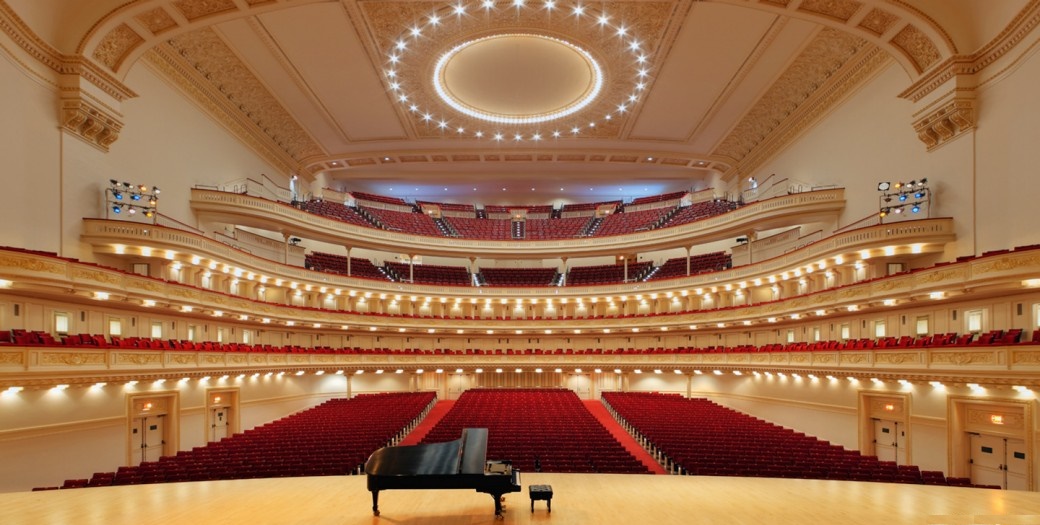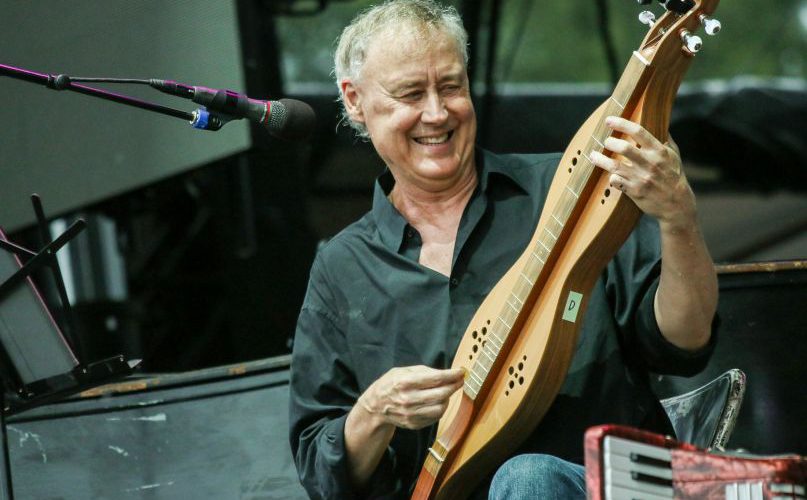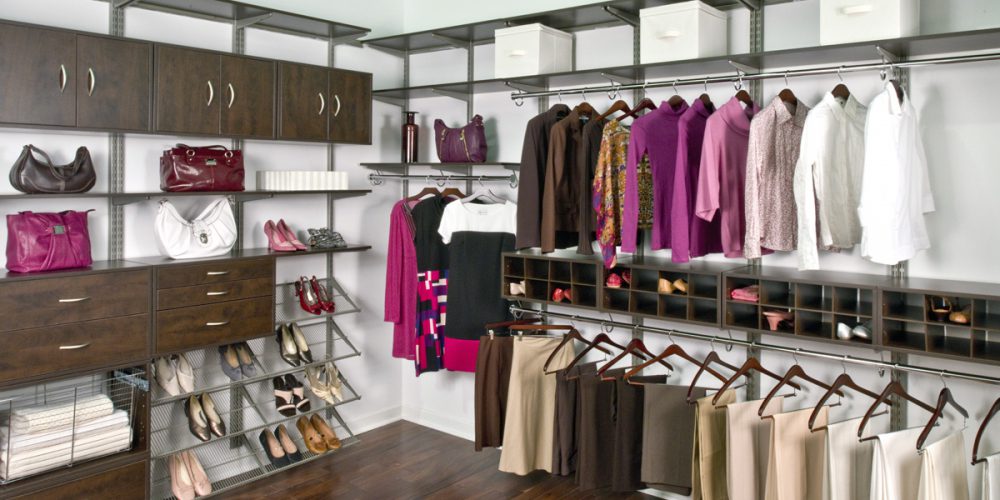How do you get to Carnegie Hall?

The old joke has a new twist. How do you get to Carnegie Hall?
Rent it.
Actually, it’s a rather old twist, but outside the music world, few people know of this alternative punch line. Instead, many casual ticket buyers assume, logically enough, that all classical concerts at Carnegie Hall are in fact Carnegie Hall classical concerts. Not so simple.
Carnegie Hall is without doubt one of the most prestigious facilities in the world. Carnegie Hall is where the world’s greats play. It is one of the world’s most celebrated venues.And saying that you’ve played at Carnegie Hall might just be one of the ultimate badges of musical honor. Some of the young journalists decided to take a closer look at how performers actually get to Carnegie Hall. So they spent a while crunching some numbers and digging in deep to get to a real answer to this ancient question.
First off: There are actually three performance spaces at Carnegie Hall. The largest — the one that people usually mean when they say “Carnegie Hall” — is now dubbed the Isaac Stern Auditorium/Ronald O. Perelman Stage; it seats 2804. The second venue is the underground Zankel Hall, which opened in its current incarnation in 2003 and seats 599. The most intimate is the salon-like Weill Hall, with 268 seats.
Secondly: Ever since Carnegie Hall first opened in 1891, it’s been available for rent. In fact, it originally operated solely as a rental hall. To this day, while many concerts at Carnegie Hall are put on by Carnegie Hall itself, even more are put on by outsiders who have just rented the space — and there’s no special hoop you have to jump through to get there, aside from paying the fees. There’s no invitation you need to obtain, nor is there an audition process.
And there’s no stated limitation on what kind of events can be held at Carnegie Hall, whether it’s a Carnegie Hall presentation or not. In the extra-musical realm, for example, there was a five-day “Columbian Congress” organized by the Salvation Army in 1893, and 40 years later one Fulop Voros conducted a “series of unusual tests of telepathy and hypnotism.” Some time ago, Weill was the setting for a “Japanese-style cultural and floral event.” The concerts held under Carnegie’s own auspices also range broadly. There are always tons of classical music performances, but last season included a performance of the Sound of Music and a jazz concert by saxophonist Rudresh Mahanthappa. Carnegie Hall presented neighborhood concerts of classical, kids’, Latin and world music at sites across the five boroughs.
Historically, only about a quarter of all performances at Carnegie are actually presented under the auspices of Carnegie Hall, according to the Carnegie Hall Treasures book the venue published for its 120th birthday. In the previous seasons, Carnegie Hall hosted about700 total public concerts and events; this included activities in each of its three performance spaces, plus Carnegie-presented events held citywide at other venues ranging from Juilliard’s Paul Hall to Brooklyn’s central library. Of those events, about 60% of the total, were rentals of various sorts.
The range of size, scope and ability among these rentals is extremely broad. Many of the “visiting presenters,” as the renters are called, are top-drawer performers and organizations, as well as younger artists hoping to make their mark on the classical music community. For instance, the famed Orpheus Chamber Orchestra’s annual season at Stern is a rental, as were performances by the Grammy Award-winning classical clarinetist Richard Stoltzman in Weill and a Stern recital by violinist Clara-Jumi Kang, who was the 2010 gold medalist at the very prestigious Indianapolis Violin Competition.
Those rentals also include many concerts for a string of local music schools that use Weill for their student recitals.
Meanwhile, there are also promoters who help small and regional ensembles — who often hail from other parts of the country — arrange Carnegie Hall concerts.
When you stand at the corner of 56th St. and Seventh Ave. near Carnegie Hall’s stage door, you see hordes of proud and excited teenagers, children and amateurs pouring in and out night after night, and their enthusiasm fairly radiates. Singing at Carnegie is a huge, huge event in their lives — and rightfully so.
So how much does a Carnegie Hall rental cost? It really depends. Rental prices vary by the day of the week, but as long as the date is open and the program does not conflict with other events, almost anyone can purchase, say, a Friday night in the large Isaac Stern Auditorium for a base rate of $14,000; in the medium-size Zankel Hall for $4,500; or in the jewel box Weill Recital Hall for $1,750. (Other expenses, like stagehands, ushers, security, insurance and overtime, can double these numbers, depending on the event.)
How much you actually pay to rent one of these spaces depends on a variety of factors — and they vary tremendously. These include which hall you’re booking, which day or night of the week you want to play and your technical needs, such as the size of your ensemble and what it requires, like a sound system or special. And there are all sorts of other costs to factor in, from stage labor to tickets to insurance to overtime charges.
So what’s the answer to that old joke? Practice, practice, practice is good advice — but while you’re waiting for an invitation to play there, you might want to practice saving your pennies, too, journalists say smiling.
































